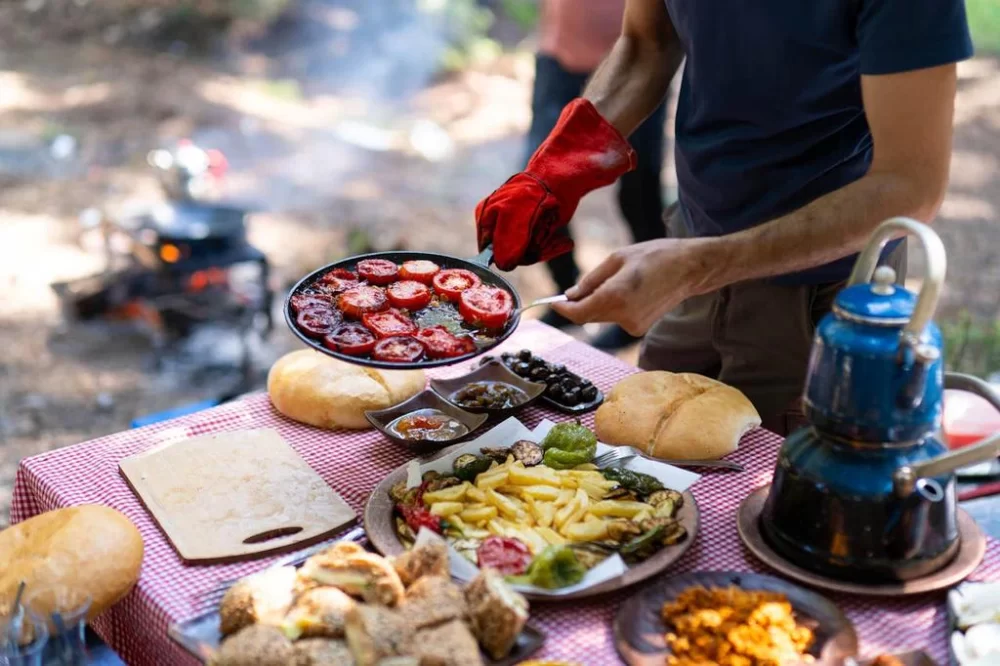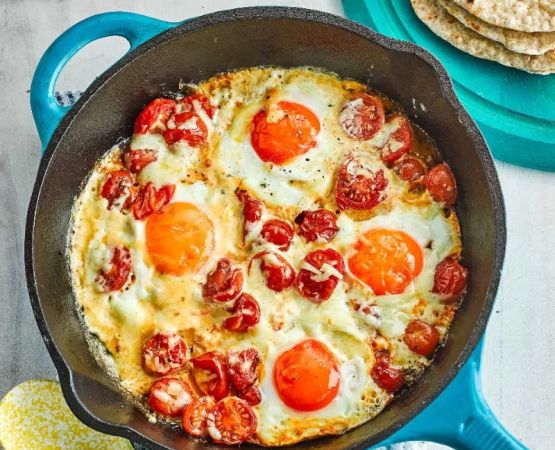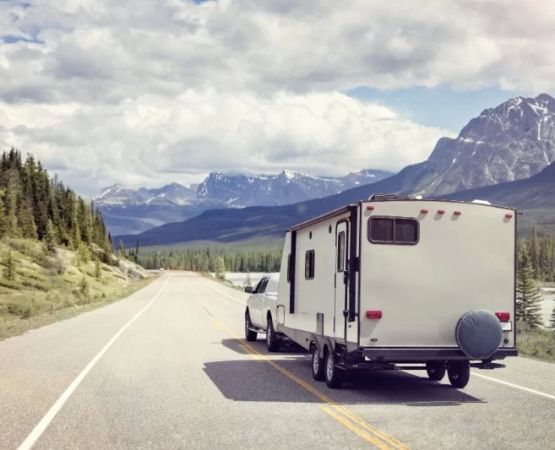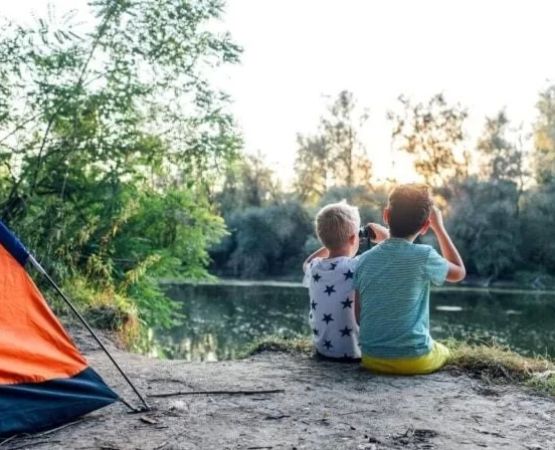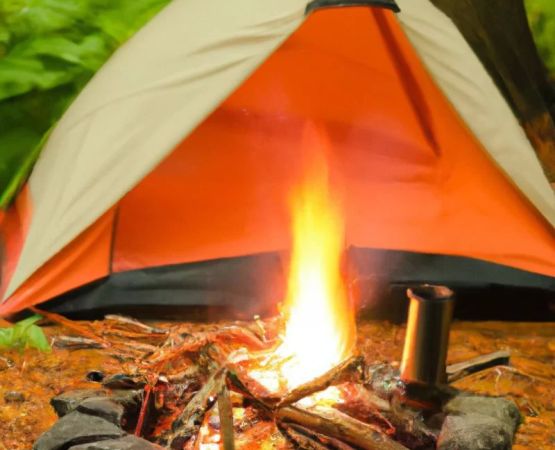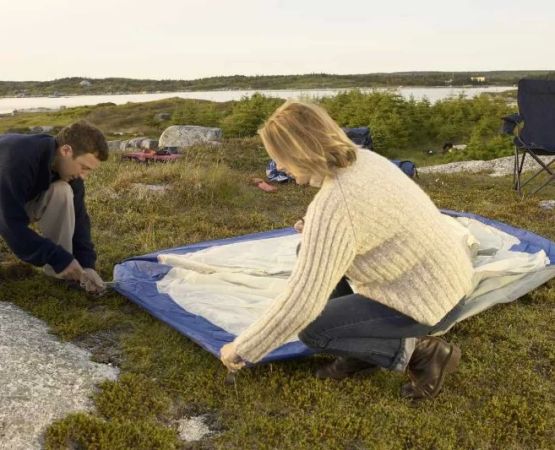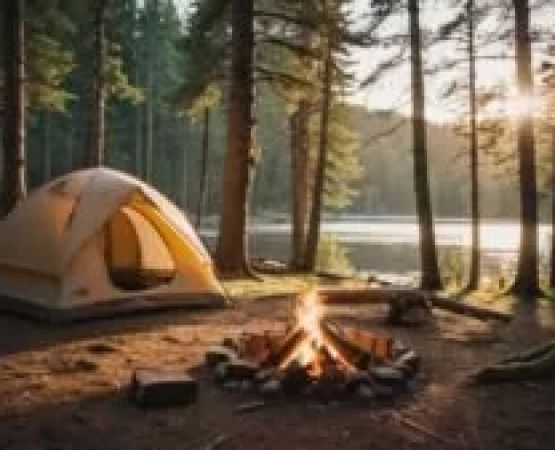How to Pack Food for a Camping Trip Without Spoiling the Fun
Over the years, I’ve gone on more camping trips than I can count—from family-friendly sites in Michigan’s Upper Peninsula to rugged trails deep in the Rockies. If there’s one lesson I’ve learned the hard way, it’s that how you pack your food can make or break the trip. Let me walk you through what’s worked for me—and what mistakes to avoid—so you can keep your meals delicious, safe, and stress-free in the great outdoors.
1. Understand Your Camping Setup and Duration
Car Camping vs. Backpacking
Car camping gives you the luxury of space. You can bring a cooler, bulkier containers, and even pre-cooked meals. For backpacking, every ounce counts. You'll want compact, lightweight, and nutrient-dense options. I've done both and can tell you—tailoring your food packing plan to your setup is critical.
Trip Duration Impacts What You Pack
On a three-day weekend getaway, I often pack fresh ingredients like eggs, deli meat, and fruits. But on week-long wilderness trips, I rely more on dehydrated meals, rice, canned tuna, and shelf-stable energy bars. Think about how long you'll be out and whether you’ll have access to ice or fresh water.
2. Choose the Right Types of Food
Breakfast Options
Oatmeal packets, granola, and powdered milk are a go-to for me. Sometimes I bring a dozen eggs if I have a cooler—scrambled eggs with some cheese and bell peppers are a morning favorite around the campfire.
Lunch and Trail Snacks
I usually pack wraps or pita bread with peanut butter or hummus, paired with trail mix, dried fruit, or jerky. For high-exertion days, I go for protein-heavy snacks like boiled eggs or tuna pouches.
Dinner Delights
This is where it gets fun. I prep foil-wrapped meals at home—think potatoes, onions, peppers, and sausage. Just toss it on the fire at night. Or bring a camping stove for a one-pot pasta or chili dish. Pro tip: spice mixes go a long way in elevating flavor without adding weight.
3. Smart Food Storage Strategies
Use a High-Quality Cooler
My Yeti cooler is an investment I don’t regret. I layer the bottom with frozen water bottles and stack items by the order I’ll use them. Perishables go on top so I’m not digging through and letting the cold air escape.
Freeze Before You Pack
Freeze meats, pre-cooked meals, and even drinks the night before. This helps keep the cooler colder longer and gives your food a head start on staying fresh.
Bear-Proofing and Safety
If you’re heading into bear country, store food in bear-resistant canisters or hang it from a tree away from your sleeping area. I learned this lesson in the Adirondacks when a curious black bear made off with our snack stash.
4. Pack for Convenience and Cleanup
Pre-Portion Meals
I portion all meals into zip-top bags or reusable silicone pouches. Label them with contents and the day you plan to eat them. It saves time and keeps your bear canister or cooler organized.
Minimal Cooking Equipment
I pack a single-pot cook system, a collapsible bowl, spork, and a reliable camping stove. Cleanup is quicker, and I waste less water—a real bonus in dry areas like the Mojave Desert.
Don’t Forget the Essentials
Salt, pepper, olive oil in a mini bottle, a spatula, biodegradable soap, and a sponge. These are tiny heroes that make every meal easier and tastier.
5. My Personal Packing Checklist
Here’s a sample of what I packed for a recent four-day trip to Glacier National Park:
- 4 oatmeal packets + dried cranberries
- 2 peanut butter & honey wraps
- 1 bag trail mix + dark chocolate chunks
- 2 foil-wrapped dinners: chicken, potatoes, carrots
- 1 pack freeze-dried chili
- 2 bottles frozen water + 1 reusable ice block
- Mini spice kit (garlic powder, paprika, chili flakes)
- Biodegradable dish soap + sponge
- Bear-proof food container
Camping should be about enjoying nature—not stressing over food logistics. By planning smart and packing with purpose, I get to sit back under the stars with a warm meal in hand, proud of a job well done. And hey, if you're looking for a stress-free way to camp, check out Pine Cliff Resort—they've got great services that make even meal prep feel like a vacation.

